A charming, enthusiastic, and altogether delicious memoir of life in Venice in the 1950s. It has an intimacy born of residence which goes into the details of everyday life, like rubbish removal, and the weekly shopping by dingy. Indeed, it includes many asides on the perils and joys of keeping a small boat for just such mundane purposes, and the surprising array of regulations and taxes that a humble, leaking rowboat attracts, watertight or not.

The Venice of the 1950s is gone, but Morris is confident that as long as there are Venetians there will be a Venice. The gene pool is strong, deep, resourceful, and clever enough to withstand the tides and times, Morris opines in the 1996 introduction to the reprint of the book, originally published in 1960.
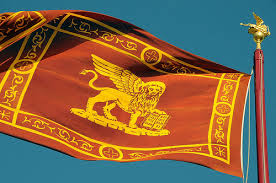
The approach is almost ethnographic, as an anthropologist living amongst a tribe in the African savannah, he observes, notes, compares, enumerates, and ponders the meaning of what he sees, but with much more affable affinity than a Cambridge don in khaki kit roughing it for a few months in the jungle on the way to promotion. Morris spoke enough Italian to get to know the regulars he met, and enough to talk his way into some places not usually open to nosey beaks. He combines with those assets a keen eye and a tireless pursuit of detail that would satisfy John Ruskin. To these he adds a bonhomie that is hard to resist. Well, why resist it at all?
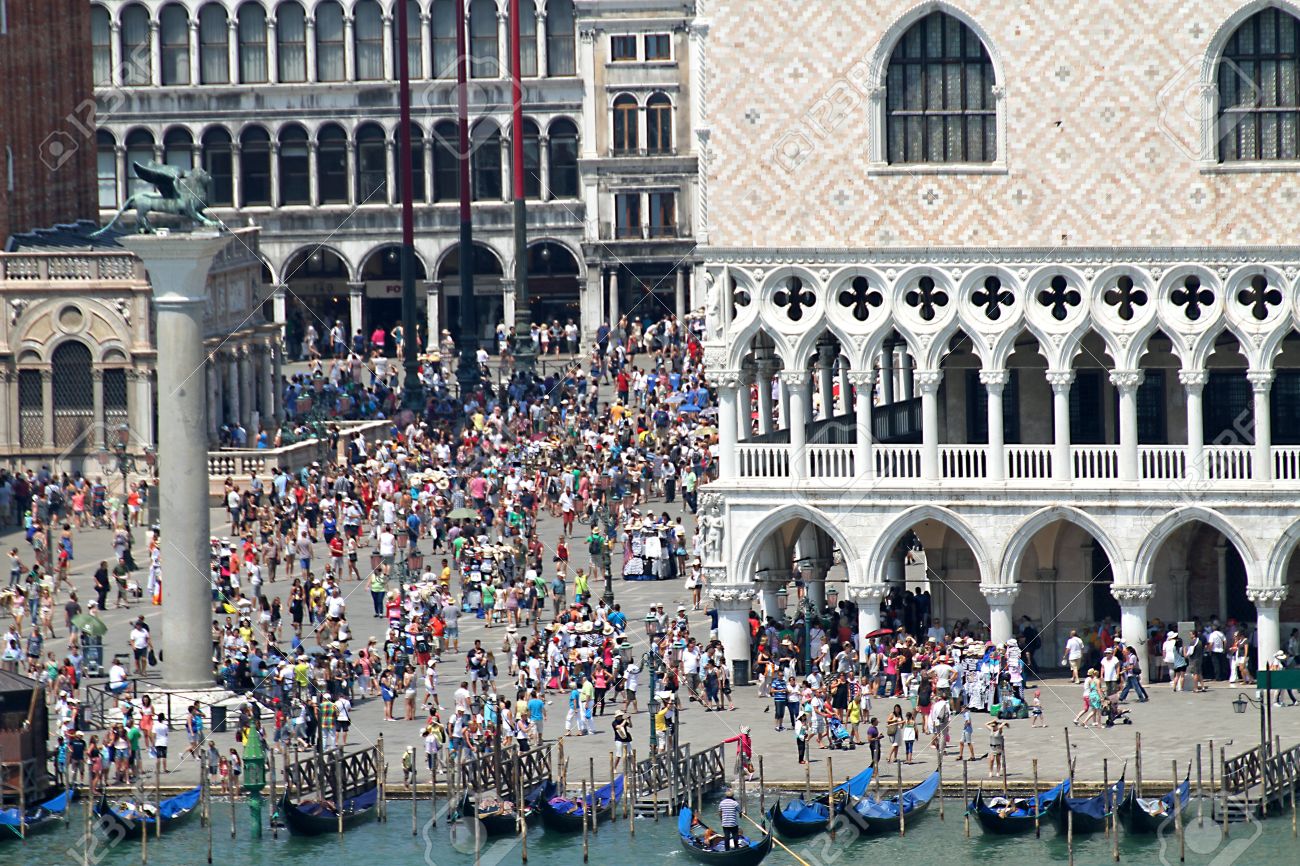 A quiet day at San Marco.
A quiet day at San Marco.
Day by day over the months Morris weaves together many asides on the history that brought Venice to the current point; these accounts often take the form of lists. That might sound boring, but it is not. Consider the following example as one of many instances.
Here is Morris’s dictation while standing on the tiny balcony of the flat there was:
‘To the left is the palace where Richard Wagner wrote the second act of ‘Tristan,’ and just beyond is the terrace from which Napoleon Bonaparte once watched a regatta. Near it is the house where Robert Browning died, that Pope Clement lived in it, the Emperor Francis II also stayed in it, and Max Beerbohm wrote about it. Across the way at that point is the home of the Doge Cristolo Moro, sometimes claimed to be the original of Othello, and to the right is a palace once owned by a family so rich that it is still called the Palace of the Money Chests. At the corner is the little red house of the poet D’Annunzio wrote ‘Notturno’ there. At the Convent next door Pope Alexander lived in exile from Rome. King Don Carlos of Spain once owned the next house along. La Donna of ‘La Donna è Mobile’ lived nearby. Away to the right, is a palace where one of Byron’s paramours suicided.’
All of this lies within one learned glance.
That is both a comment on how compact is the core of Venice, and also, and more importantly, a comment on what a magnet it has been for the great and good and the not so great and the not so good over the centuries. Yes, Adolf Hitler met Benito Mussolini there in 1934.
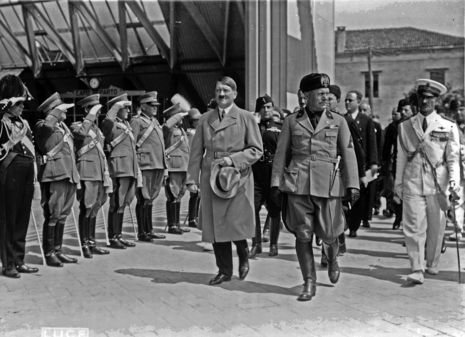 Adolf Hitler and Benito Mussolini
Adolf Hitler and Benito Mussolini
Followed shortly by Indiana Jones.
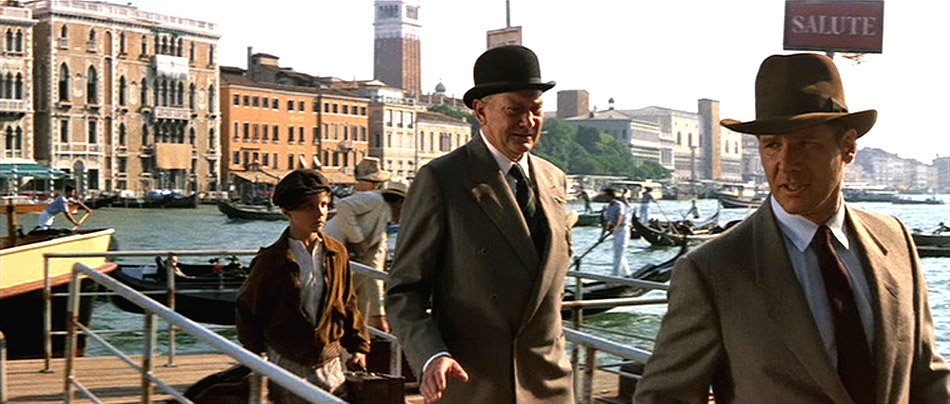
Morris goes on to enumerate and describe the many watercraft to be seen in the lagoon from towering cruise ships to garbage scows, to vaporetti and gondoli, and in many cases goes into the etymology of the terms in part to show the polyglot past of Venice with its Arabic, Islamic, Roman, Teutonic, and Byzantine influences, turning the catalogue into a history lesson, spiced by Morris’s own experiences in dealing with many of the craft as either a passing boatman, or as a passenger.
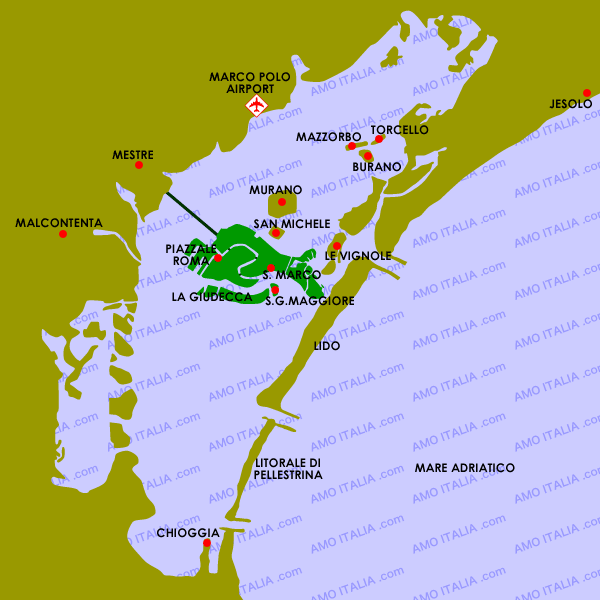
Venice conjures the gondola and Morris gives it due respect. Totemic though it is of Venice, there is no clear explanation of its origins, purpose, or use. Why does it have three notches in the bow? Why is it propelled by a pole and not an oar? Why is it painted black? While the number in the water has decreased by many factors, it remains in demand … by tourists. Morris offers a charming account of both past uses of the gondola and the occasions when contemporary Venetians make use of this clichéd but inevitable device.
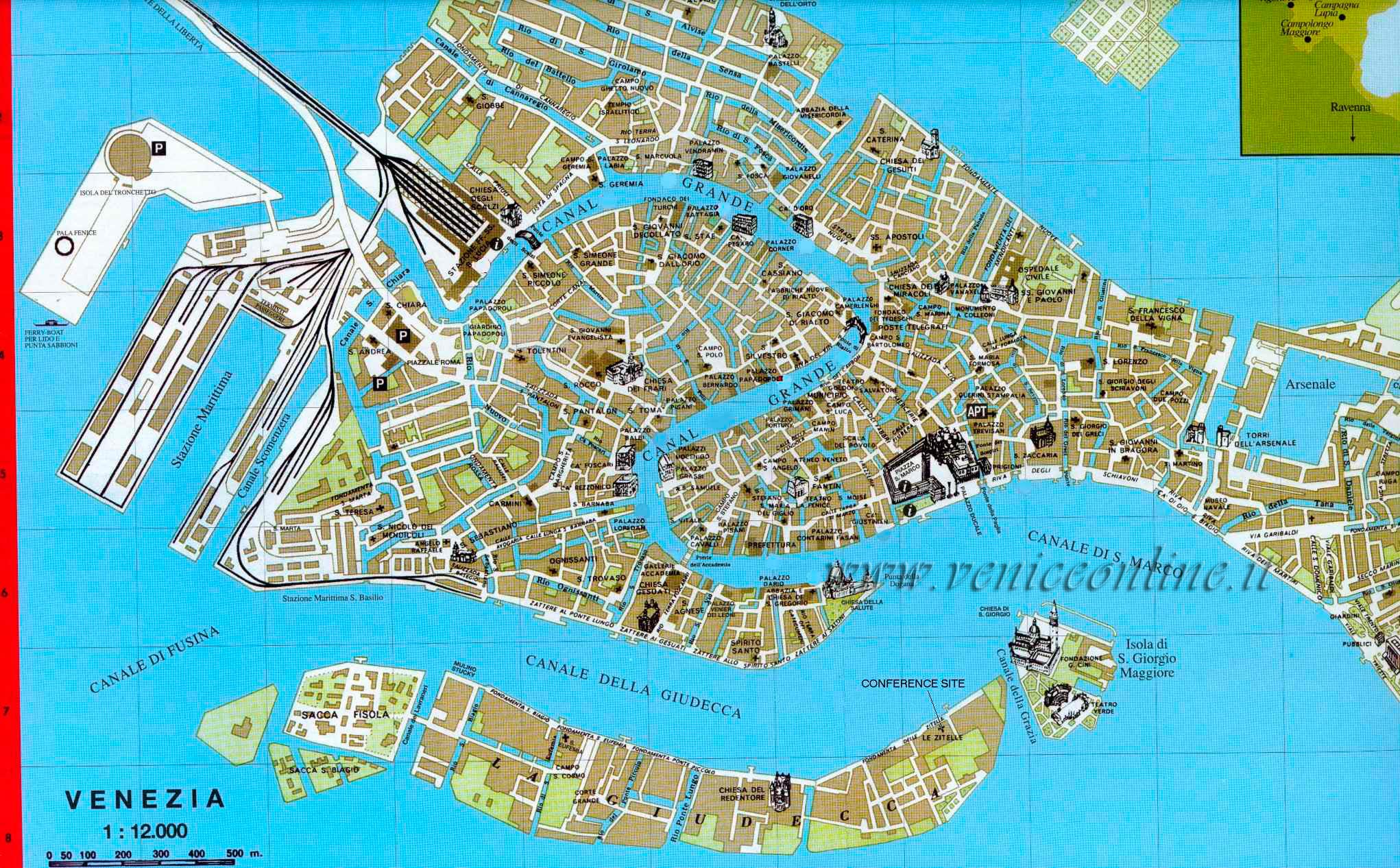
Like others who have written of Venice, Morris sees in it a deeply ingrained commercial imperative to make a living out of trade. Having no natural resources, Venetian has always been a broker bringing products to a buyer at a premium. The commodities that Venice can make a profit trading have diminished and disappeared, that is, all but one. The one commodity that Venice retains a monopoly on is itself, and so it trades on itself and does that to a T for Tourism.
 Jan Morris.
Jan Morris.
Upon completing the book, I am not sure what to make of it. To read it is to envy the author’s mastery of the exposition. This writer could make a recitation of a telephone book interesting, and indeed, did so in these pages. In some ways it is a memoir of a world now gone. As Morris found even while living in Venice human intervention changed the face of Venice time after time with causeways, channel dredging, factory building, and more, and also the lagoon itself makes changes, eroding what were once residential islands into little more than hillocks of sand.
But the more Venice changes the more it remains exactly the same! Grasping and enchanting, mercenary and magnanimous, seedy and edifying, grotesque and elegant, universal and unique, quite unlike any place else.
Skip to content
